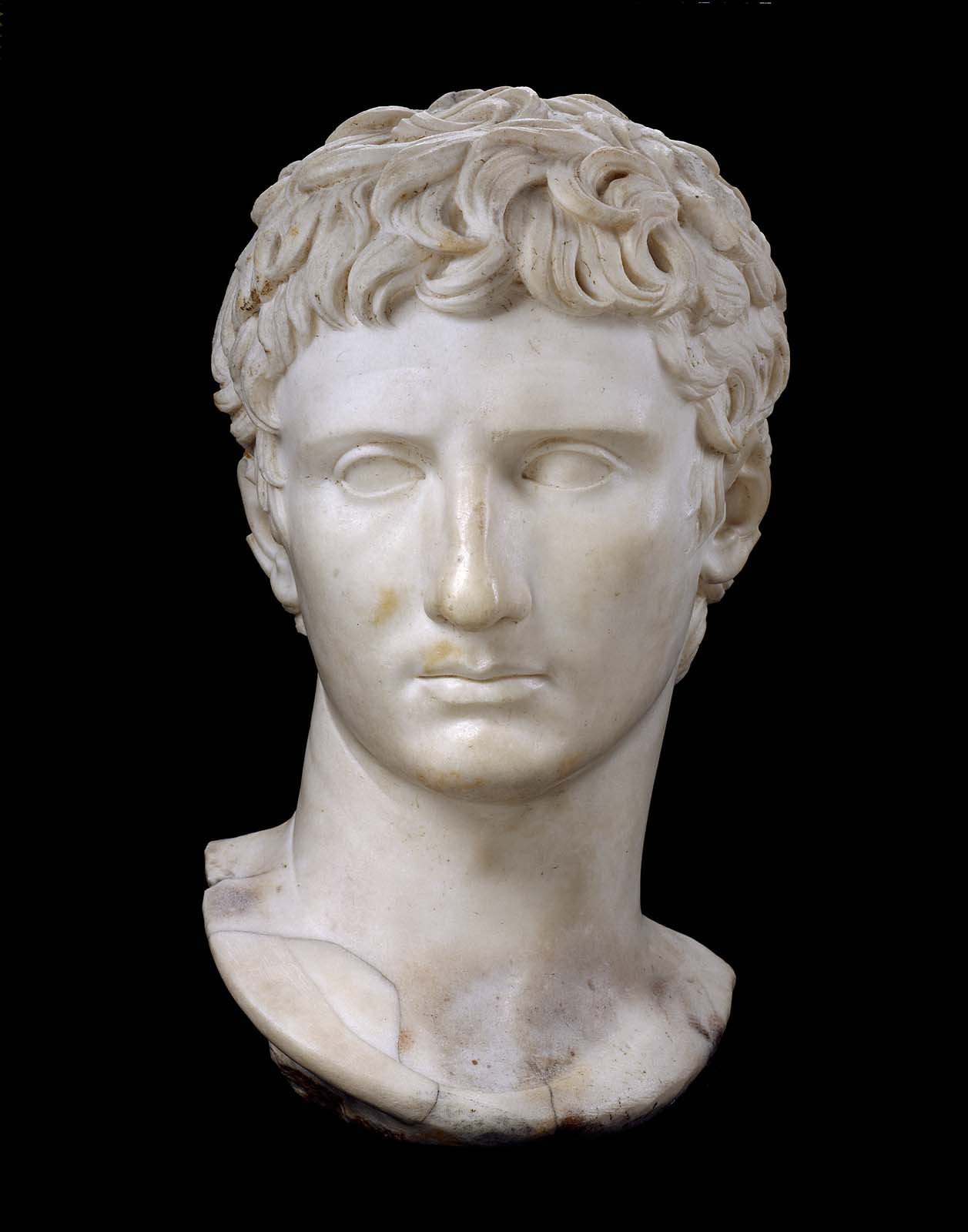The end of the first Roman Emperor: Augustus died 19 August in 14 CE. Born in 63 BCE as Gaius Octavius, the young man fell under the wing of Julius Caesar, who later named Octavius as his adopted heir. Following Caesar’s assassination in 44 BCE, Octavius assumed his adopted title of Gaius Julius Caesar Octavianus (often shortened to Octavian). He also teamed with military masters Marcus Antonius (Marc Antony) and Marcus Lepidus to both avenge Caesar’s brutal murder and to assume divided control of Rome.
By 31 BCE, however, following the breakdown of camaraderie between the three, Octavian defeated both his colleagues – Lepidus more figuratively, as he was cast into exile; Marc Antony more directly, as the general killed himself following Octavian’s triumph at the Battle at Actium.
Rebranded as Augustus (or Imperator Caesar Divi Filius Augustus) in 27 BCE as he assumed control of Rome, he ushered in the governmental framework of the Roman Empire the would endure for centuries. He also welcomed a relatively peaceful era that allowed the ambitious Augustus to embark on extensive artistic and architectural commissions. He also contributed significantly to the infrastructure of the Empire while expanding its holdings to include portions of north Africa and the realm of Germania. At the time of his death in 14 CE, he was succeeded in rule by Tiberius, his adopted heir.
Bronze Head of Augustus (The Meroë Head of Augustus), 27-25 BCE. British Museum.
Marble Bust of Augustus, 1st or 2nd century CE. Museum of Fine Arts, Boston.
Augustus of Primaporta, 1st century CE. Vatican Museums.
Gemma Augustea, second or third decade of 1st century CE. Museum of Fine Arts, Vienna.




